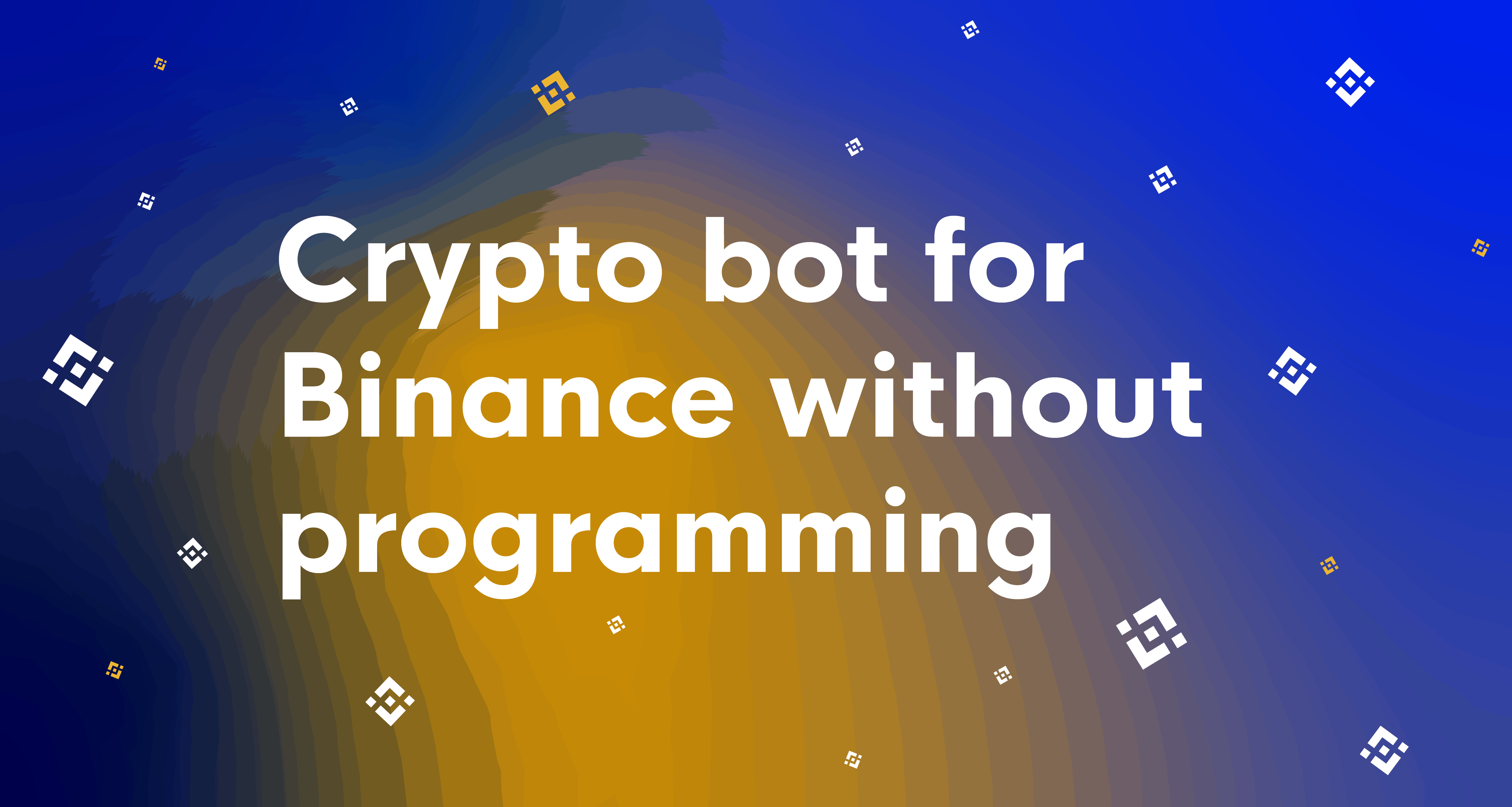Traders love arbitrage. It’s simple: buy slightly lower on one exchange – sell slightly higher on another. No debates if technical analysis works, where the market is headed or if we’re in for a reversal soon. Just quick profits, for those quick enough to execute.
So how come CLEO.one doesn’t provide an out-of-the-box arbitrage crypto trading bot? Because we tested many variants and the user always ends up losing money. We cannot recommend something that we see no proof is working. No matter how popular.
Arbitrage profits need massive trading funds
At this very moment 1 BTC is selling for $8971,1 on Cex.io and $9009,39 on Binance. Buying one for the cheaper price and selling it for the more expensive will pocket you $38.29. So, any significant profits would warrant trading many Bitcoins – a few more than most independent traders have.
Arbitrage requires you to beat trading fees, transfer fees and slippage
The $38.29 is the theoretical profit. Factor in an exchange fee of 0.25%, deposit fees around 0.05% and withdrawal fees around 1% and suddenly things don’t look so rosy. Exchange fees change quite often, and they vary by the volume traded and what do you pay them in. Let’s look at a fictional example using current prices:
| Cheaper BTC | More expensive BTC | |
| BTC price | 8971,1 | 9009,39 |
| Deposit fee | 0.05% | 0 |
| Exchange fee | 0.25% | 0.25% |
| Withdrawal fee | 0 | 1% |
| Gross profit | $38.29 | |
| Profit after fees | -$63.49 |
The fees simply end up taking a huge chunk of the profits and then some. Arguably if you put in the effort you can find a bigger difference in BTC price, but the fees will still be eroding your gains.
Arbitrage opportunities require execution within tens of milliseconds
Exchanges provide data lagging from a couple hundreds milliseconds to several seconds. In order to avoid slippage, the trade needs to happen within a fraction of a milliseconds of the signal. As we do not run our own exchange, we simply cannot guarantee that.
Factor in possible connectivity issues, crypto volatility, exchanges going down for a few seconds, or limited trading due to maintenance on the exchange and what we are left with becomes very risky and certainly not arbitrage in its true sense.
A real-life arbitrage example
Once we backtested a bunch of versions on CLEO.one we decided to go beyond and see how a crypto bot programmed specifically for arbitrage would work in real life market conditions. The crypto bot fulfilled the rules of arbitrage:
- we ran it for over a year across 10 different exchanges
- taking the most current tickers (current exchange data)
- placing trades within a fraction of a millisecond
- geographically close to exchange
- accounting for fees and slippage
- had many many parameters about volume, prices, close rules, …
…and it was still losing.
That is the reason why we do not have pre-programmed arbitrage crypto bots on CLEO.one. You are of course free to create your own in the platform. We advise that you test your strategies before deploying them. The trading success of our users is our primary priority.
There are a lot of great strategies out there that you can turn into crypto bots. See what kind of flexible rules you can create in CLEO.one.
If you are just meeting our platform this is what it can do for independent traders.







